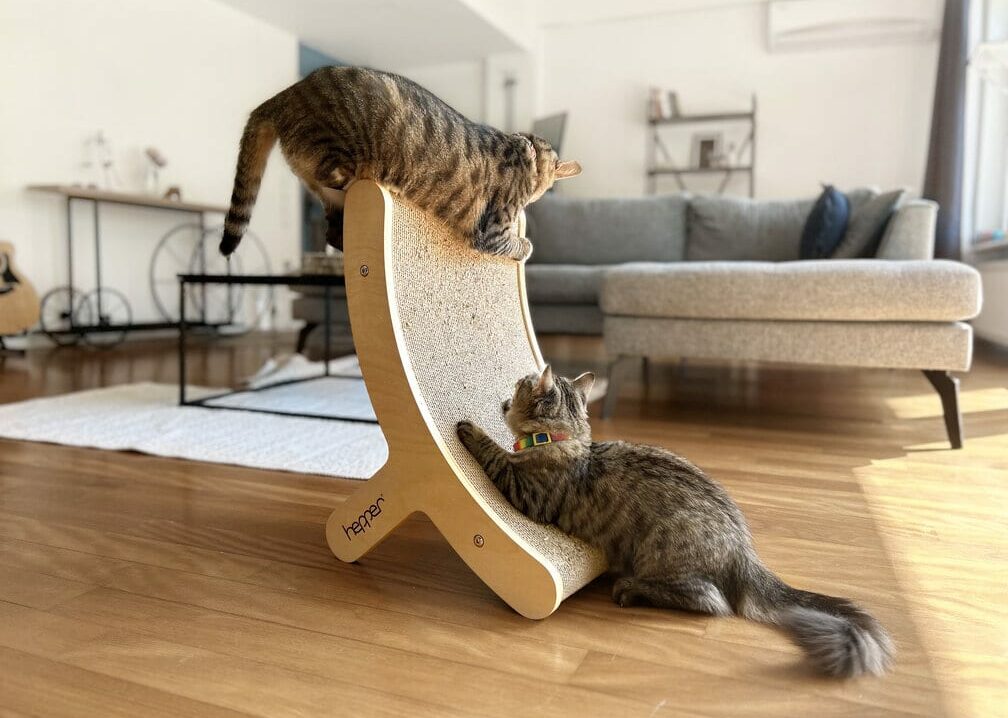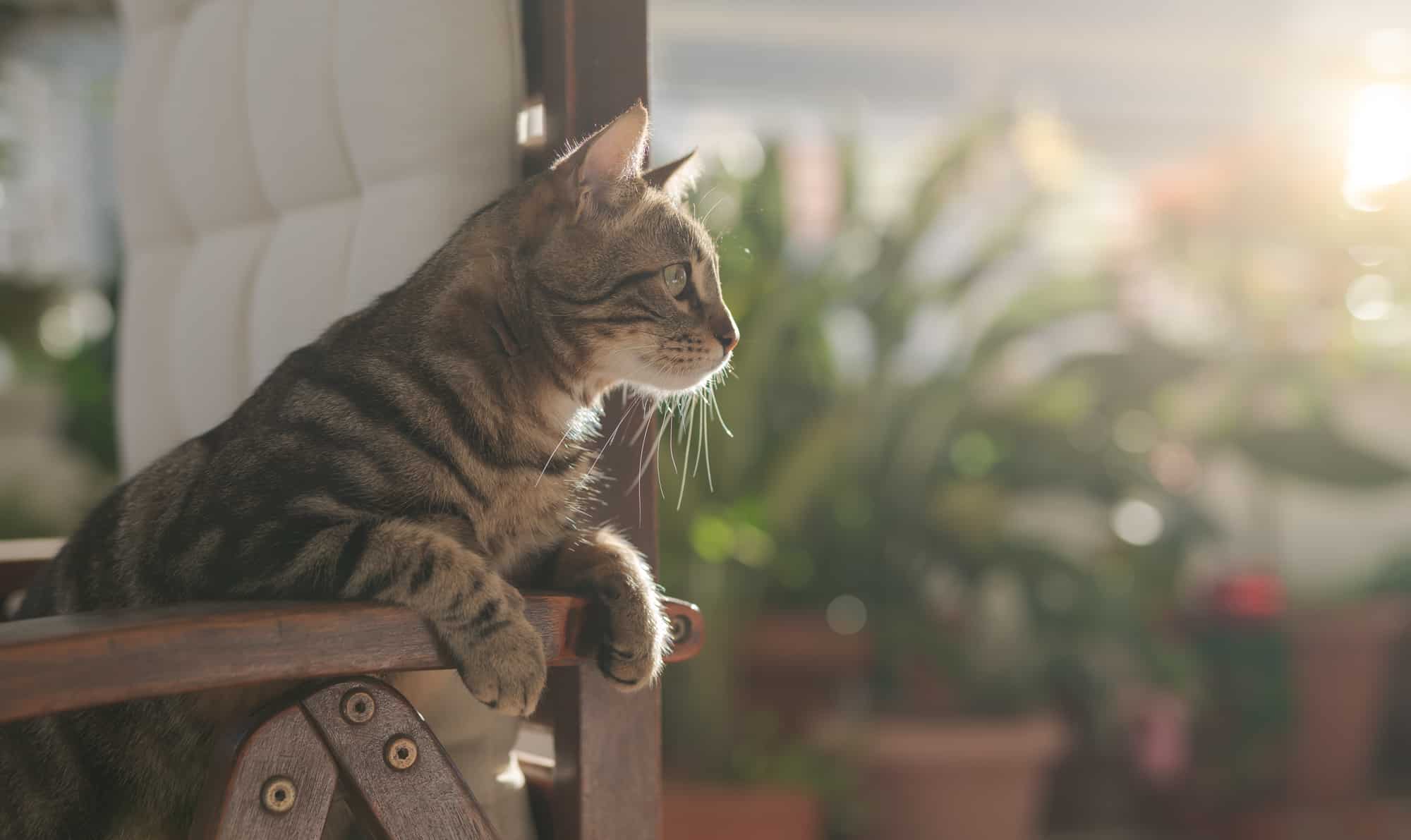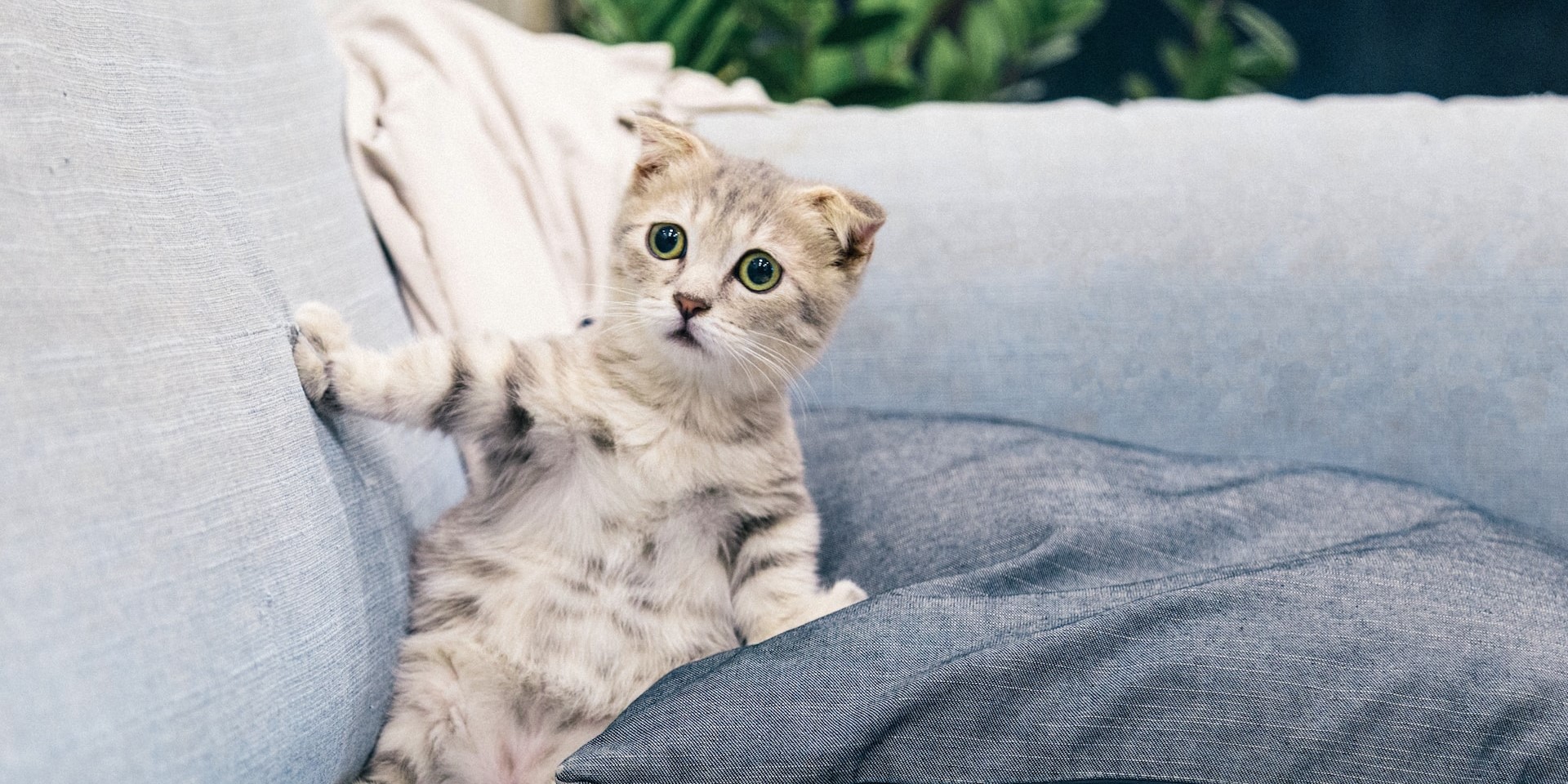Feline Deterrents: Proven Strategies to Keep Cats Off Your Outdoor Furniture
Keeping cats off your outdoor furniture requires a blend of deterrents, understanding feline behavior, and providing alternatives. Cats, whether they are pets wandering outdoors or neighborhood strays, are naturally drawn to comfortably perching and resting spots, which often include chairs, cushions, and lounges in your garden or patio. This attraction can lead to fur, scratches, and other damages to your furniture. However, several proven strategies can help discourage cats from using your outdoor living spaces as their relaxation zone.

Understanding Cat Behavior
To effectively keep cats away from your outdoor furniture, it’s crucial to understand why they are attracted to these areas in the first place. Cats seek out sunny, comfortable spots for napping and elevated positions that offer a good vantage point. Recognizing these behaviors can help in creating a less inviting environment on your furniture and redirecting these preferences to more appropriate areas.
Physical Barriers
One straightforward method to deter cats is the use of physical barriers. Covering your outdoor furniture when not in use with fitted covers can discourage cats from jumping on and settling in. Alternatively, placing aluminum foil or double-sided tape on the furniture surfaces can provide an uncomfortable texture that cats dislike, thus avoiding these areas.

Natural Repellents
Cats have a strong sense of smell, which can be used to your advantage. Natural repellents like citrus peels, cayenne pepper, or commercially available cat repellent sprays that contain scents cats find offensive can be sprinkled or sprayed around the furniture. These odors are not unpleasant to humans but can effectively keep cats at bay.
Motion-Activated Devices
Motion-activated devices, such as sprinklers or ultrasonic deterrents, can startle a cat upon detection, discouraging it from venturing onto your furniture. These devices can be set up to activate only when motion is detected, making them an efficient way to keep cats away without constant monitoring.

Providing Alternatives
While keeping cats off your furniture, it’s also kind to consider their need for outdoor enjoyment. Providing alternative spots for cats, such as cat trees, outdoor beds, or even designated chairs, can fulfill their desires to lounge outdoors without ruining your furniture. Positioning these alternatives near your outdoor area yet slightly away from your furniture can satisfy both your and the cat’s needs.
Training and Deterrence
For pet owners, training cats to stay off outdoor furniture can be effective. Using a firm “no” when they jump on furniture or providing a water spray deterrent can teach them that this behavior is unwelcome. Consistency is key in training efforts to ensure lasting results.

Community Efforts
In cases where neighborhood cats are the culprits, working with your community to address the issue can be beneficial. This might involve neutering programs to reduce stray populations or collaborating with neighbors to provide alternative spaces for cats to roam and relax away from your property.
Implementing these strategies requires patience and consistency. A combination of methods may be necessary to find the most effective solution for keeping cats off your outdoor furniture. Over time, these efforts can help ensure that your outdoor living spaces remain comfortable and inviting for human use while still being respectful and considerate of our feline friends.
Environmental Deterrents
In addition to physical barriers and repellents, leveraging environmental factors can also discourage cats from frequenting your outdoor furniture. Planting certain types of plants or herbs known to repel cats, such as lavender, rosemary, or pennyroyal, around your outdoor area can create a natural deterrent. Cats often dislike the strong scents emitted by these plants, making them less inclined to approach your furniture.

Scent-Masking Techniques
Another approach to deter cats is to mask the enticing scents that may be drawing them to your outdoor furniture. Consider using odor-neutralizing sprays or air fresheners in your outdoor space to minimize the attractive odors that may be present. By masking these scents with less appealing ones to cats, you can reduce their interest in lingering around your furniture.
Regular Cleaning and Maintenance
Keeping your outdoor furniture clean and well-maintained can also help deter cats from using it as a resting spot. Cats are less likely to be attracted to furniture that lacks the scent of other animals or food crumbs. Regularly remove any food scraps, spills, or debris from your furniture, and clean the surfaces with a mild detergent to eliminate any lingering scents that may be attracting cats.
Behavioral Modification Techniques
In some cases, addressing underlying behavioral issues in cats can help reduce their desire to use outdoor furniture. Providing ample mental and physical stimulation through interactive play, puzzle toys, and scratching posts can help satisfy their natural instincts and redirect their energy away from your furniture. Additionally, creating a comfortable and safe indoor environment for cats during inclement weather or nighttime hours can discourage them from seeking shelter on outdoor furniture.
Consistent Reinforcement
Consistency is key when implementing deterrent strategies to keep cats off your outdoor furniture. Make sure to consistently apply repellents, maintain physical barriers, and reinforce training efforts to discourage unwanted behavior. Over time, cats will learn to associate your outdoor furniture with unpleasant experiences and will be less likely to frequent those areas.
Respectful and Humane Approach
While it’s important to protect your outdoor furniture, it’s equally important to approach deterrent methods in a respectful and humane manner. Avoid using any deterrents or techniques that could cause harm or distress to cats. Instead, focus on gentle and non-invasive methods that encourage cats to seek out alternative resting spots without causing them discomfort or fear.
By combining these additional deterrent techniques with those previously mentioned, you can create a comprehensive approach to keeping cats off your outdoor furniture. With patience, consistency, and a commitment to respectful coexistence, you can maintain a comfortable and inviting outdoor space for both humans and animals alike.
Community Collaboration
In neighborhoods where outdoor cats are a common sight, collaborating with your community can be beneficial in addressing the issue of cats on outdoor furniture. Initiating discussions with neighbors about shared concerns regarding outdoor cats can lead to collective efforts to find solutions. This may include organizing neighborhood clean-up days to remove potential cat attractants such as food scraps or providing education on responsible pet ownership to reduce the number of stray cats in the area. By working together as a community, you can create a supportive environment where everyone plays a role in ensuring the comfort and well-being of both humans and cats in outdoor spaces.









